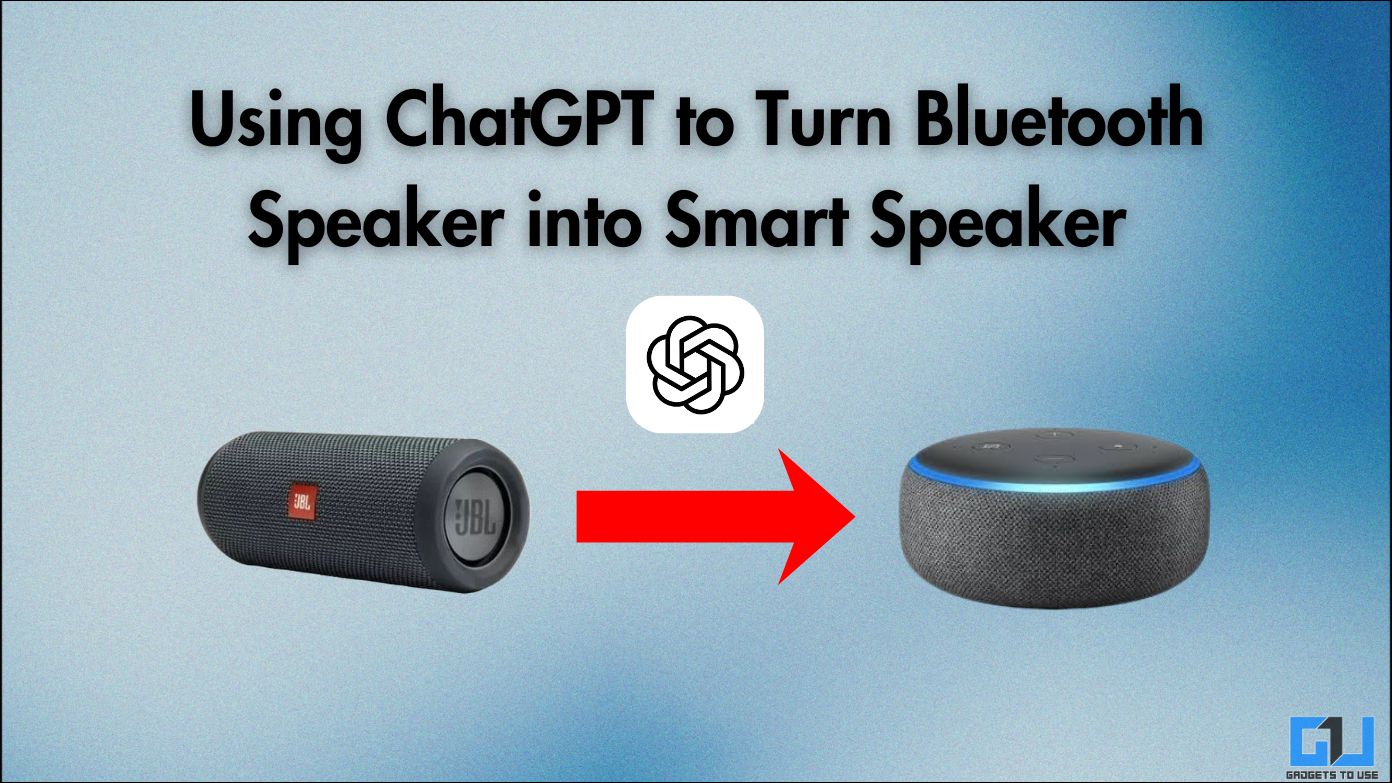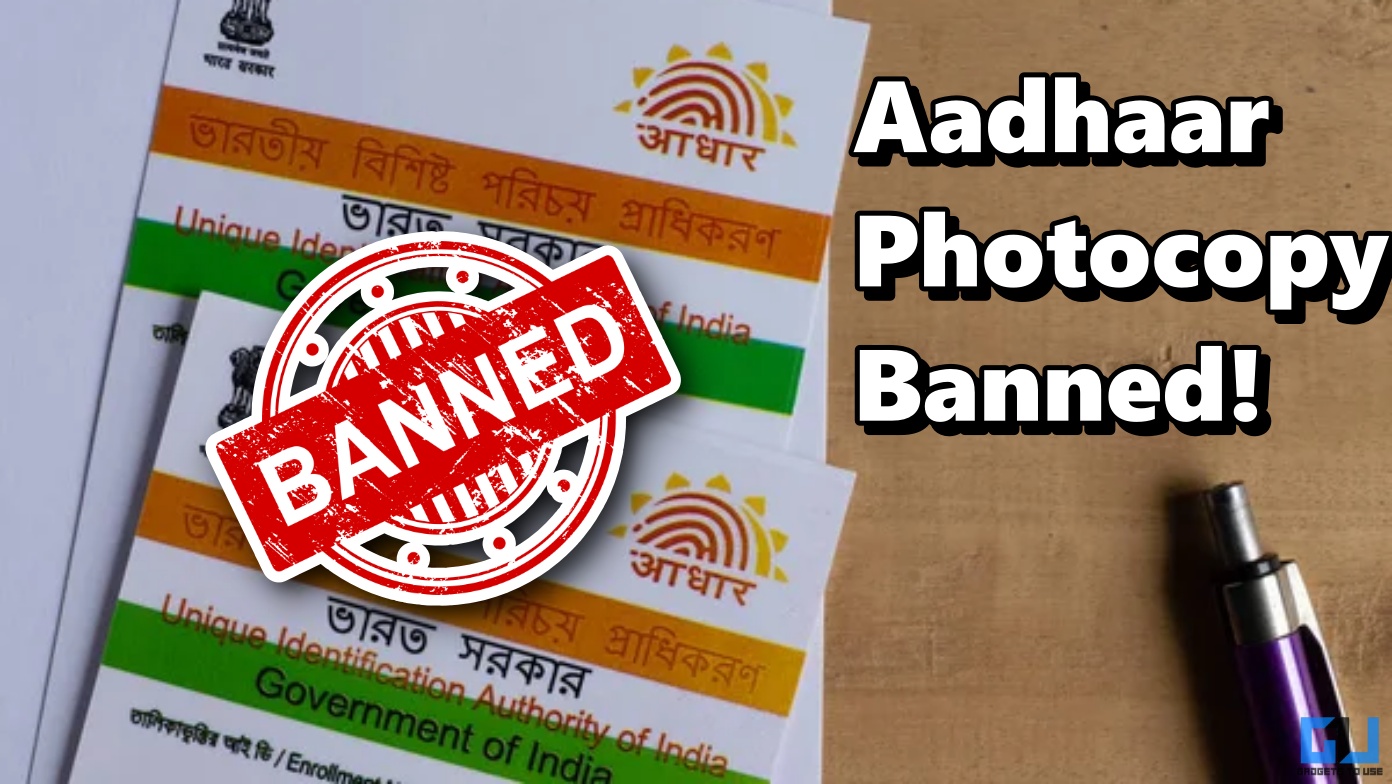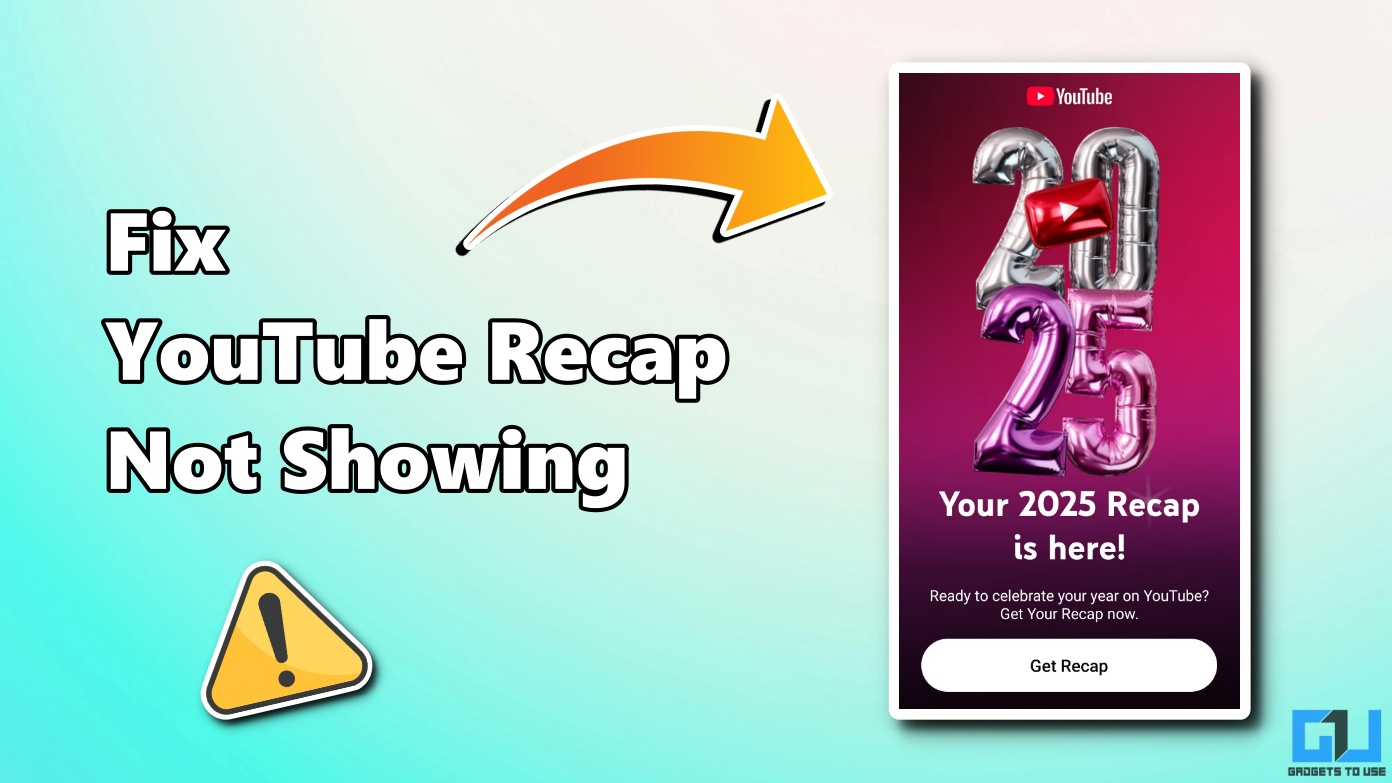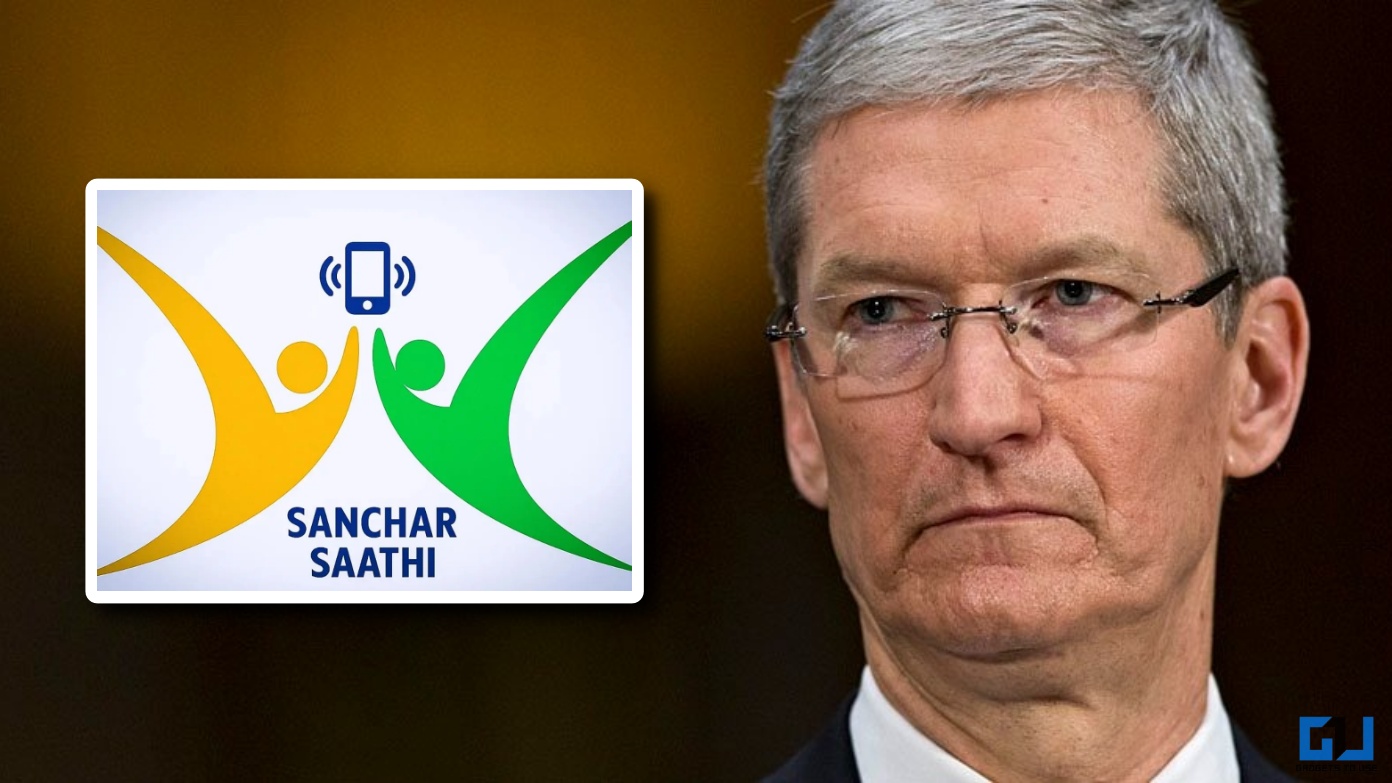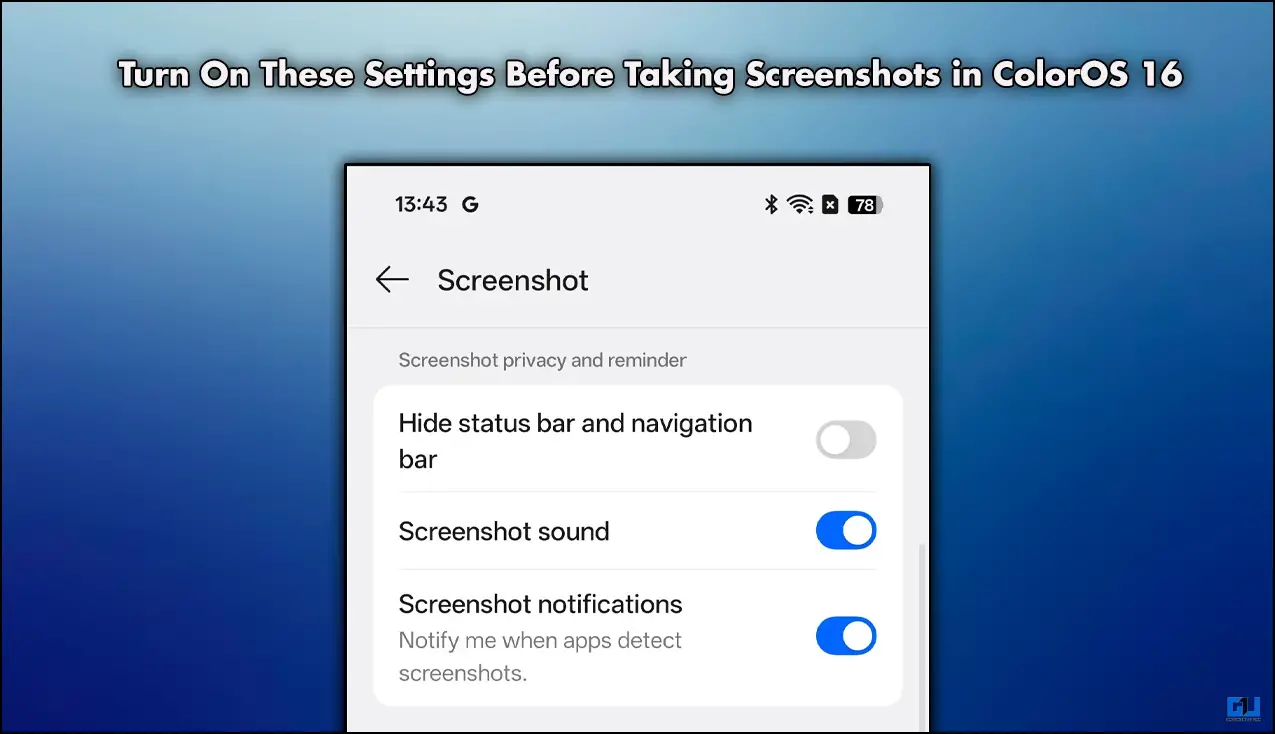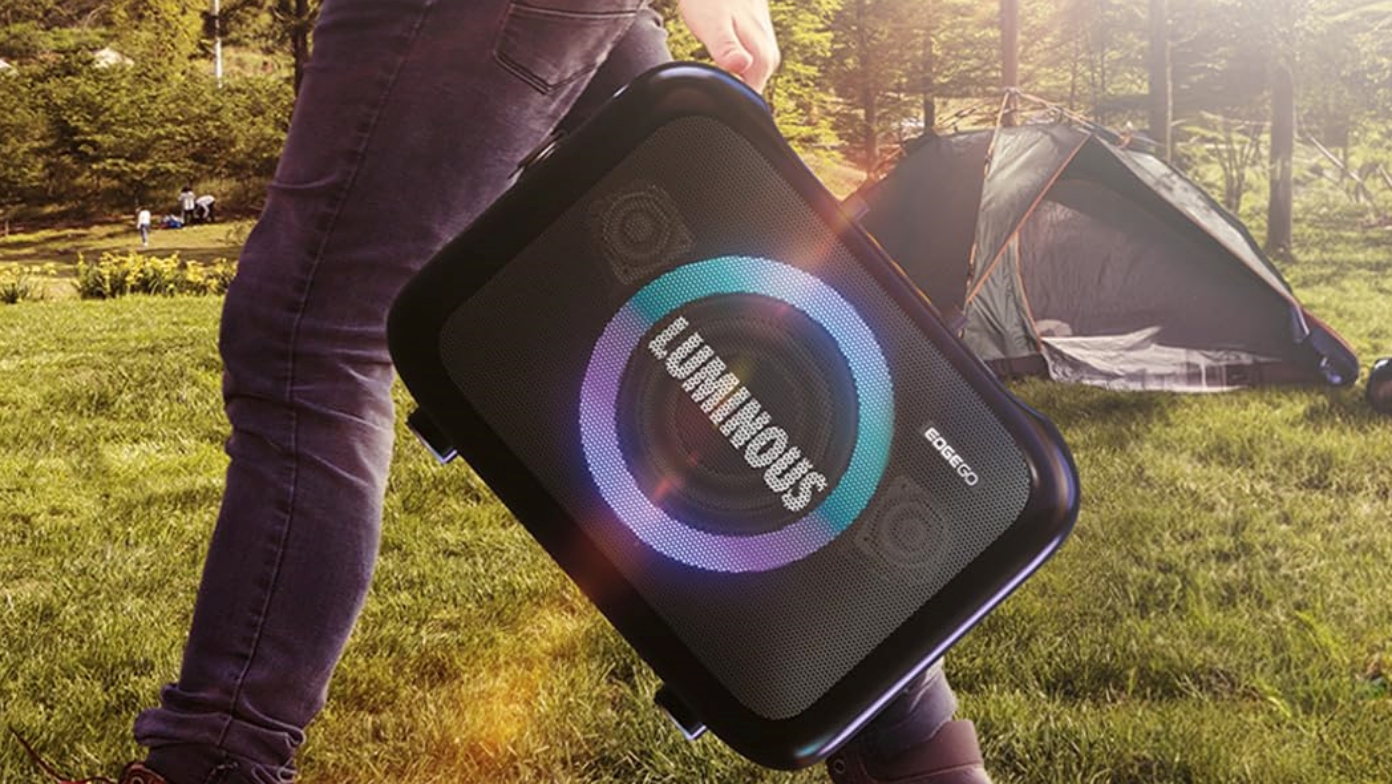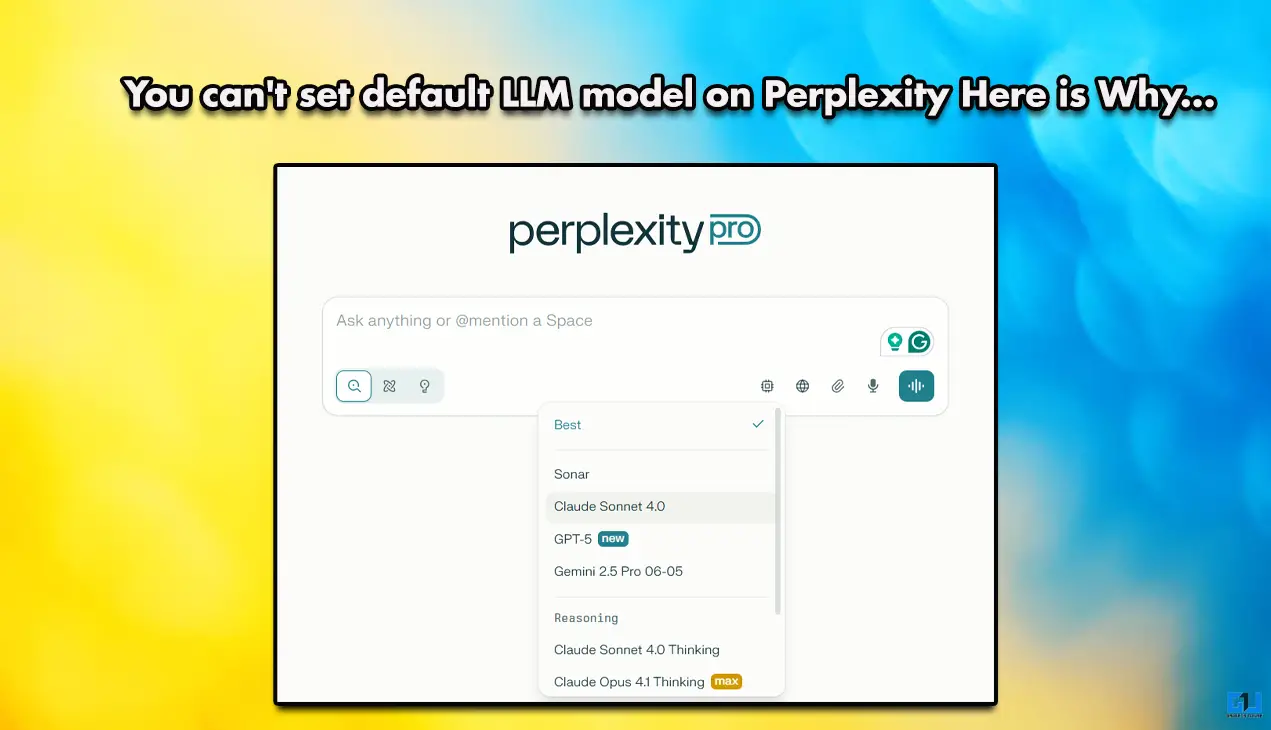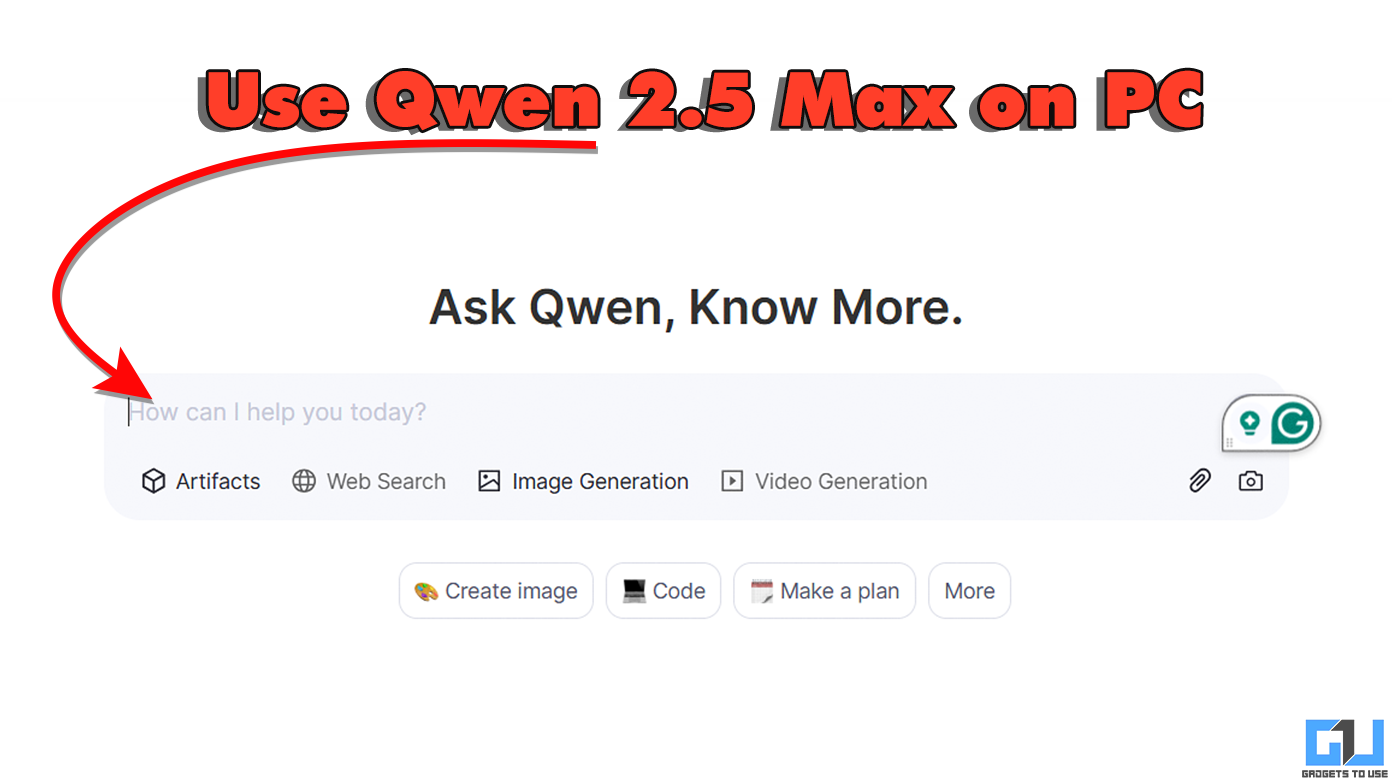Quick Answer
- There are many free navigation apps available on the market, and the user might not even have to pay for them, plus every manufacturer tries to provide a navigation app as pre-installed software depending on the OS available on the device.
- While the Americans were developing the GPS as a military tool, in response the USSR started to develop their own Positioning and Navigation system, called the GLONASS or the Globalnaya Navigazionnaya Sputnikovaya Sistema, translated into the Global Navigation Satellite System.
- The GPS isn’t the only navigation system available – there are various other systems, under development and active, available to provide similar features – the planned European Galileo Positioning System, India’s Indian Regional Navigational Satellite System, and Chinese Compass navigation system are the prime amongst them, along with the GLONASS.
With the presence of excellent navigation apps for smartphones, the need of buying a separate navigation device has diminished. Phones and tablet devices alike can serve as effective navigation devices. There are many free navigation apps available on the market, and the user might not even have to pay for them, plus every manufacturer tries to provide a navigation app as pre-installed software depending on the OS available on the device.
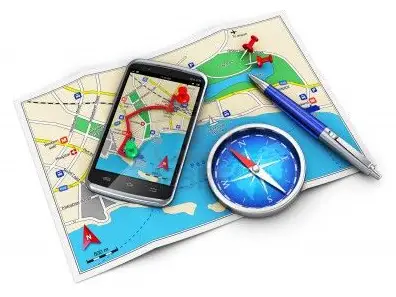
We frequently hear the term GPS and less frequently the acronym GLONASS and some of us even have a slight idea of their importance of these two to our navigation apps. But how do these actually work, and more importantly, how do these two works together to provide us with our location? Let’s try to find out the answer.
What is GPS?
The Global Positioning System is a satellite based positioning system that can provide location and weather details for any point on Earth. However, in order to do this, there must be clear line of sight on the location of at least four GPS satellites. Currently there are 31 Navigation Satellites in this system, out of which 24 are active at any particular point of time.
Initially developed during the Cold War by the US Military US Department of Defence, the GPS was built to overcome the inefficiency of older navigation system, and is financed by the American Taxpayers. Due to some politically significant incidents, which involved the shooting down of a South Korean Civilian Airplane by a Soviet Military Aircraft due to navigation errors, the US Government decided to make the system free-for-all once it was fully developed, which happened around 1995.
In order to detect your location, a navigation app from your device transfers GPS signal to at least four available GPS satellites. Three of these satellites calculate your location precise to a few meters depending upon the time it has taken for the signal to reach them and their own location, with the help from a control segment. This calculated location is then checked against the location derived from the fourth satellite, to avoid errors, and on success is transmitted back to your device, providing you with your location.
The GPS isn’t the only navigation system available – there are various other systems, under development and active, available to provide similar features – the planned European Galileo Positioning System, India’s Indian Regional Navigational Satellite System, and Chinese Compass navigation system are the prime amongst them, along with the GLONASS.
What is A-GPS?
In case location fix is not accurately obtained using GPS, users having a steady data connection can also use A-GPS or Assisted GPS to get accurate location information. A-GPS acquires the location of satellites via cellular networks. When GPS signals are week, the cellular signals come in quite handy to locate the device. Therefore, as cellular networks are being used, A-GPS connections require an active data connection and thus costs might be incurred on usage, unlike GPS connections which require no data connection.
Most Budget Android devices and many low range MediaTek Chipsets today come with AGPS-only navigation features, which implies that they won’t be able to provide users with a location fix in areas where Data connections are not available. For more information on related topics, readers can refer to our article on Magnetic Field sensor and GPS Navigation.
What is GLONASS?
While the Americans were developing the GPS as a military tool, in response the USSR started to develop their own Positioning and Navigation system, called the GLONASS or the Globalnaya Navigazionnaya Sputnikovaya Sistema, translated into the Global Navigation Satellite System.
GLONASS consists of a network of 24 satellites covering the Earth. With it being one of the most ambitious and the most costly project of the Russian Federal Space Agency, the Russian government is trying very hard to commercialize the project through offering GLONASS based navigation devices.
Most high end devices along with all devices using Qualcomm chipsets have GLONASS capabilities. It’s functioning is pretty much similar to that of GPS, and while GLONASS in itself might not be as accurate as GPS, both these navigation systems working together can provide a much more accurate location to the user.
How do GLONASS and GPS work together?
Combined access to GLONASS and GPS provides a device access to about 55 satellites. This will result in enhanced location accuracy, reliability and speed. This partnership has also been referred to as a Dual-Core location based device and helps users in situations where satellites based on one system might not be available, or be blocked due to some external obstructions.
The new system will result in a faster fix on locations as well. Wireless devices manufacturers are considering devices with antennas for both navigation systems. This will be very helpful for users who need accurate location information in environments where bridges, buildings and any other constructions can block the signal.
Conclusion
GPS+GLONASS will deliver a better navigation system for smartphone devices, and any other devices having navigational features. With almost twice as many satellites available for determining the location, users will be able to pinpoint their location very accurately.
With more interest in these technologies, there is bound to be greater development in these systems. Thus users can be assured that the future offers them better navigation and superior location detection capabilities.




